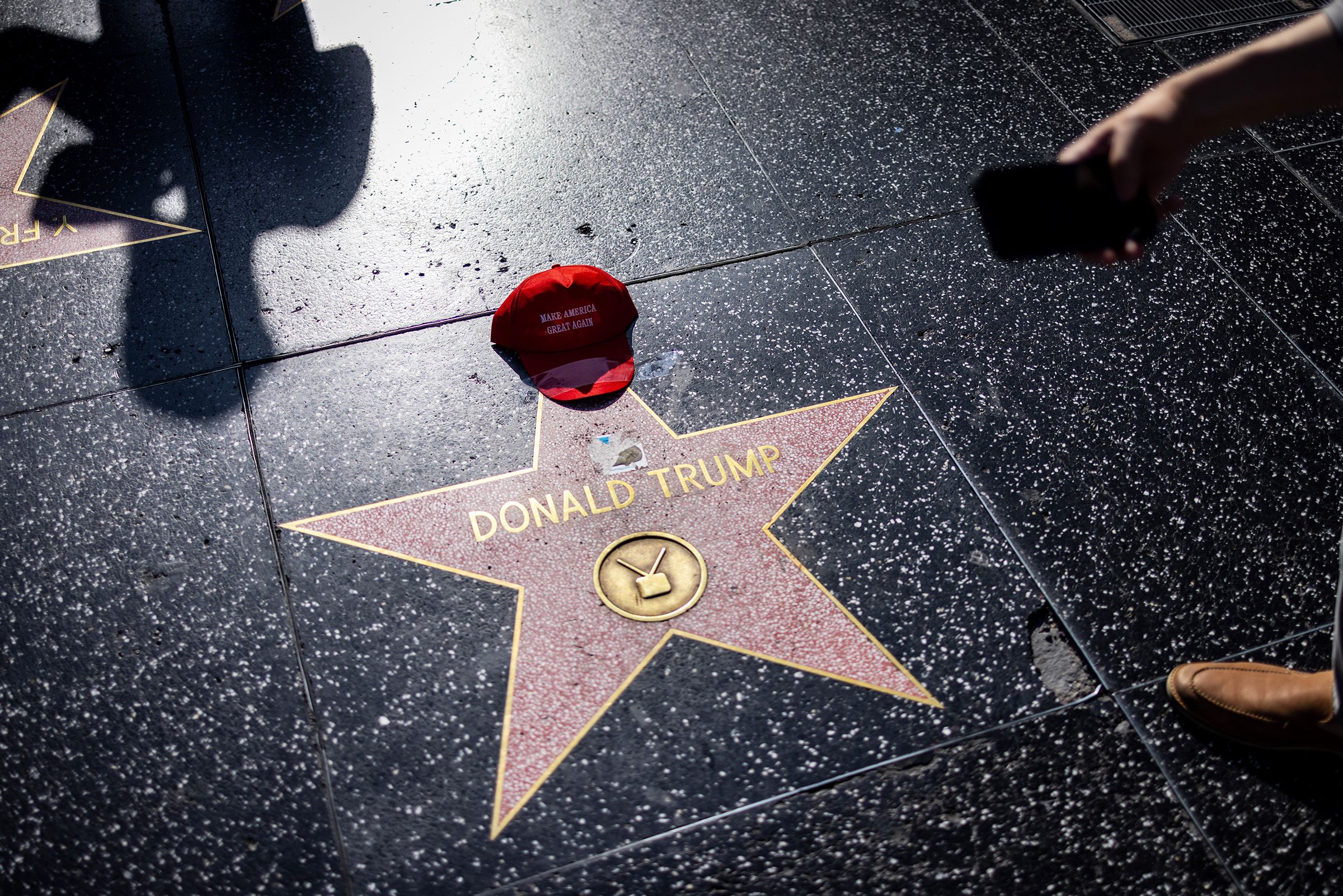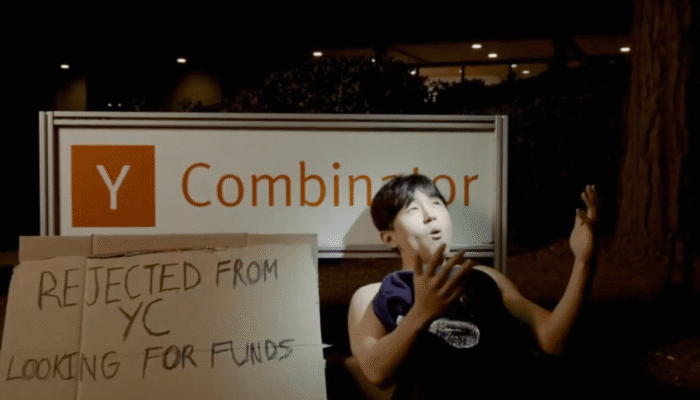As an industry that makes movies and TV shows—in trade parlance: services, not products—Hollywood may have thought it was safe from President Donald Trump’s tariffs. While the stock market took major dips over the past month, streaming players like Netflix seemed like a good bet.
On Sunday, that changed. Trump took to Truth Social to announce that the US movie industry was “DYING” and that he wanted to bring it back using his favorite lever: tariffs. Specifically, a 100 percent tariff on movies coming to the US that were “produced in Foreign Lands.”
By Monday, White House spokesman Kush Desai was already pumping the brakes on the statement, telling The Hollywood Reporter “no final decisions” had been made on the tariffs. That didn’t stop the industry from spiraling. Shares in Netflix, Disney, and other media properties started to slip, but the real uncertainty laid in a much different question: How the hell do you tariff movies?
Tariffs, as Trump deploys them, are meant to make importing so financially unappealing that companies make their products in the US. Movies, however, aren’t cars or iPhones. They don’t come over on ships and get taxed at the port. Would the tariffs apply to foreign films acquired by US distributors? If a US studio makes a film but shoots a handful of scenes overseas, does that count? Would TV shows be included? Would new movies shot abroad, like the forthcoming Mission: Impossible—The Final Reckoning, find themselves getting a hefty bill if the tariffs went into effect down the line? Answers have not been forthcoming.
And while tariffs are unlikely to have the effect Trump claims he wants, a federal tax credit program for filmmakers—something California politicians spent years advocating for—could be a much stronger alternative. Though, as of this writing, it’s not one Trump has indicated he has an appetite for.
A lot of the confusion over Trump’s proposed tariff is a result of the labyrinthine ways modern movies get made. For years Hollywood studios have filmed abroad in search of tax incentives offered in places like the UK, Canada, or Australia that essentially subsidize the cost of renting local facilities and hiring local crews in exchange for bringing business to those countries. Visual effects and other aspects of postproduction can get outsourced too. Bringing that work back to the US would be good for American filmmakers and their crews, but there’s no clear indication a tariff would do that. More likely, studios would just make fewer films, or—as consumers have seen with tariffs on other goods—the price of hitting the cineplex would go up.
In a Monday LinkedIn post, cinema analyst David Hancock wrote that it’s “quite hard to see what the US government can actually tariff.” Frequently, films are digital files, and the rights to them are often split between creators, financiers, and other entities. “Either the US government has to ban US producers from working abroad, which would significantly reduce the number of movies being made and drastically weaken their film industry,” Hancock wrote, “or they have to create a federal tax credit scheme” to help US studios maintain their output without seeing their costs skyrocket.
The tariff idea, it seems, at least partially came from actor Jon Voight, one of three Hollywood “ambassadors”—along with Sylvester Stallone and Mel Gibson—chosen by Trump to advise him. Voight reportedly met with the president recently at Mar-a-Lago along with his manager to share plans to increase US film production. Their plan included tax incentives, coproduction treaties with other countries, “tariffs in certain limited circumstances,” and other strategies, according to The New York Times.
Following Trump’s tariff post, Duncan Crabtree-Ireland, the national executive director of the Screen Actors Guild—American Federation of Television and Radio Artists (SAG-AFTRA), signaled he was open to the plan but wanted to know more specifics. Matthew Loeb, the president of the International Alliance of Theatrical Stage Employees, the union that represents scores of crew workers, also asked for more information, adding, “Any eventual trade policy must do no harm to our Canadian members—nor the industry overall.”
Paul Erickson, a media and entertainment analyst with Omdia, says there are a lot of question marks around “just how disruptive and financially damaging” the tariffs could be to studios or what benefits there could be, if they were to go into effect. “The level of potential benefit to the US domestic film ecosystem is difficult to gauge given the scant details thus far,” Erickson says.
Following Trump’s announcement Sunday, several Democratic leaders offered tax credits as an alternative. On Monday, California governor Gavin Newsom said in a statement that he wanted to work with the president on a $7.5 billion federal film tax credit. Dozens of states, like Georgia and California, offer such incentives, but no national program exists. Newsom’s plan would be a first. US Senator Adam Schiff of California, long a proponent of federal incentives, also called for credits.
In a statement released Monday, Schiff said he shared Trump’s goal of bringing more filmmaking back to the US but added that “blanket tariffs on all films would have unintended and potentially damaging impacts.” Tax credits, he added, would be a way the US could reshore jobs.
On Monday, Trump told reporters he wanted to meet with the studios to talk about the 100 percent tariffs he’d proposed. “I’m not looking to hurt the industry. I want to help the industry,” he said. “But whose industry?” wrote Hollywood Reporter columnist Steven Zeitchik, noting that even Trump’s “ambassadors” Gibson and Stallone make movies abroad. It’s hard to tell how much the administration will want to work with studios, or give them credits, especially given its positions on studios’ DEI efforts and funding the arts. Maybe, though, the tariff plan is just about the art of the deal.
Update: 5/6/2025, 4:50 PM EDT: This piece has been updated to clarify Adam Schiff’s title.




